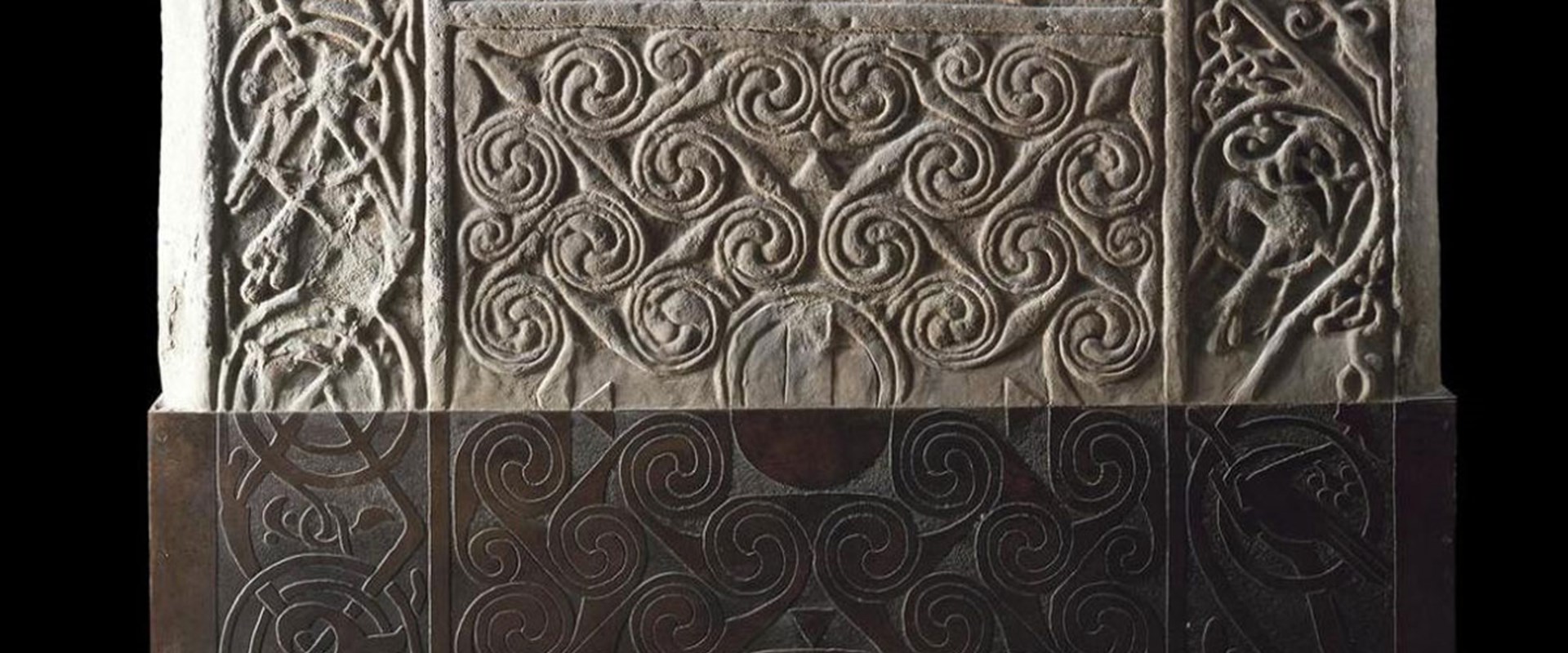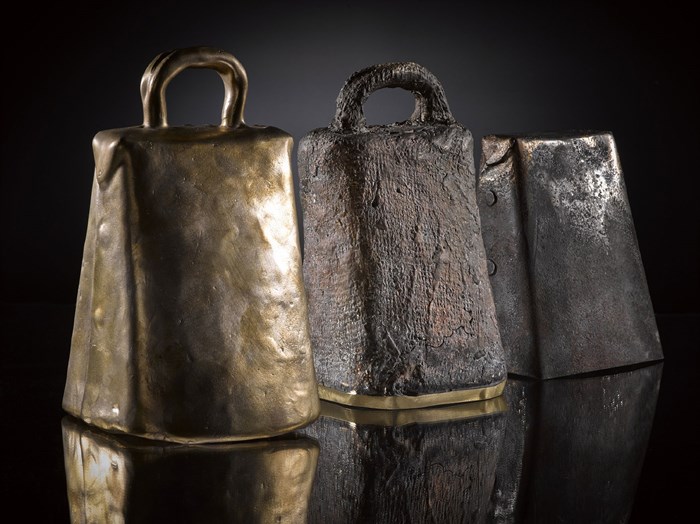Key in a search term below to search our website.
Key in a search term below to search our website.

Last updated: 21 March 2022
The Early Medieval period (around AD 300 – 1100) was a time of radical change, new identities and consequential transformations. This era saw the rise and fall of the Picts, the introduction of Christianity, the expansion of Gaelic and the onset of Viking invasions. The result was the earliest political entity known as ‘Scotland’ by the twelfth century. And yet it is not a well-known period of Scotland’s history.
Beautiful and sophisticated objects, sculptured stones, and manuscripts were produced in Scotland during this time, and through The Glenmorangie Research Project, we are able to uncover their stories and share them like never before.
Project title
The Glenmorangie Research Project into Early Medieval Scotland
Project active
2008 - 2021
Research theme
Scotland's Material Heritage
David Clarke – Keeper, 1981-2011
Martin Goldberg – Main contact, Principal Curator of Medieval Archaeology and History
Alice Blackwell – Senior Curator, Medieval Archaeology & History
Fraser Hunter – Principal Curator of Prehistoric and Roman Archaeology
Phase 1 – Early Medieval Scotland
Alice Blackwell, 2008-2011
Phase 2 – Creative Spirit
Alice Blackwell, 2011-2012
Mhairi Maxwell, 2013
Phase 3 – Scotland’s Early Silver
Alice Blackwell, 2014-2017
Phase 4 – Creating Scotland
Adrián Maldonado, 2018-2021
The Glenmorangie Project produced three richly illustrated books showcasing the most iconic objects from the Early Medieval period collections, and highlighting the latest new research.
Early Medieval Scotland: Individuals, Communities and Ideas
David V Clarke, Alice Blackwell and Martin Goldberg (2012)
Scotland’s Early Silver: Transforming Roman Pay-offs to Pictish Treasures
Alice Blackwell, Martin Goldberg and Fraser Hunter (2017)
Crucible of Nations: Scotland from Viking age to Medieval kingdom
Adrián Maldonado (2021)
One of the most important legacies of the Glenmorangie Research Project was capturing brand new photography of hundreds of objects in the Early Medieval collections.
Explore our collectionsThe Glenmorangie Research Project has always promoted a creative approach to the past, and from its inception has invited collaboration with leading artists and craftspeople. Over the course of the project we commissioned 7 object recreations of various kinds, from objects which don’t survive such as the wooden Pictish throne, to objects which survive in part, like drinking horns and leather satchels. Find out more about our Creative Spirit object recreations.

Hand-bells made from a wrought iron sheet folded and riveted together, then covered inside and outside with bronze.
Throughout the course of the project we hosted a series of Glenmorangie Annual Lectures with leading artists and makers. You can catch up with lectures by Andy Goldsworthy, Cornelia Parker and Malcolm Appleby.
In the most recent phase of the project, we went in a new direction with the Glenmorangie Commission. We invited leading metalsmith Simone ten Hompel to create a new craft work inspired by research on our early medieval silver. Find out more about the Glenmorangie Commission and Simone’s work, Coordinate.
The Glenmorangie Research Project also mounted two exhibitions. Creative Spirit, 2013-14, was a showcase of several recreated objects from the second phase of the project. Scotland’s Early Silver was the result of the third phase of the project, along with the accompanying book. The exhibition started in the National Museum of Scotland in 2017-18 and went on a national tour to Museum nan Eiliean, Stornoway; Kirkcudbright Galleries, and Duff House, Banff (2018-19). The exhibition can still be explored through a series of films made by the curators, or through the online exhibition.
Throughout the lifetime of the Project, the Glenmorangie Research Fellows and curators have also produced a variety of online resources, including spotlight blog posts and more detailed collections stories.
The project is a pioneering partnership between The Glenmorangie Company and National Museums Scotland that was inspired by the Hilton of Cadboll stone. This stunning piece of early medieval sculpture was found close to the Glenmorangie distillery in Tain, Easter Ross, and is on display at the National Museum of Scotland in the Early People gallery. The carvings on the stone also provided the inspiration for the Glenmorangie brand logo.
Thanks to The Glenmorangie Company’s support, National Museums Scotland has been able to undertake ground-breaking research on this fascinating period of Scotland’s early history.